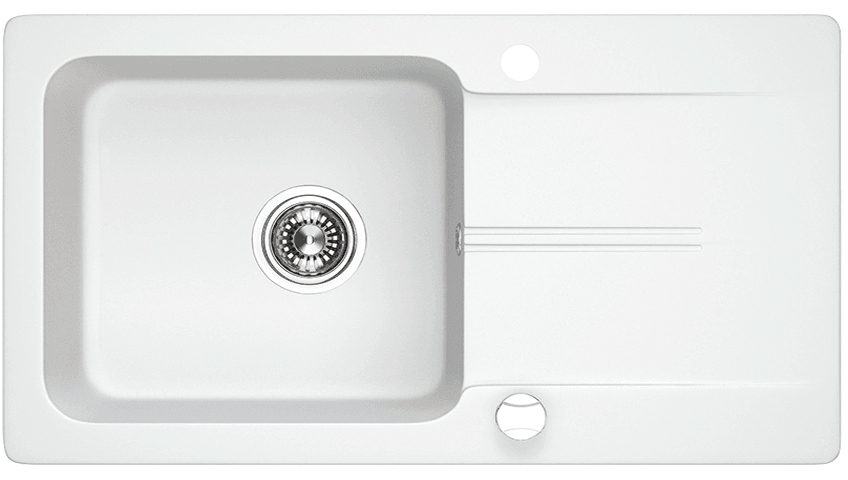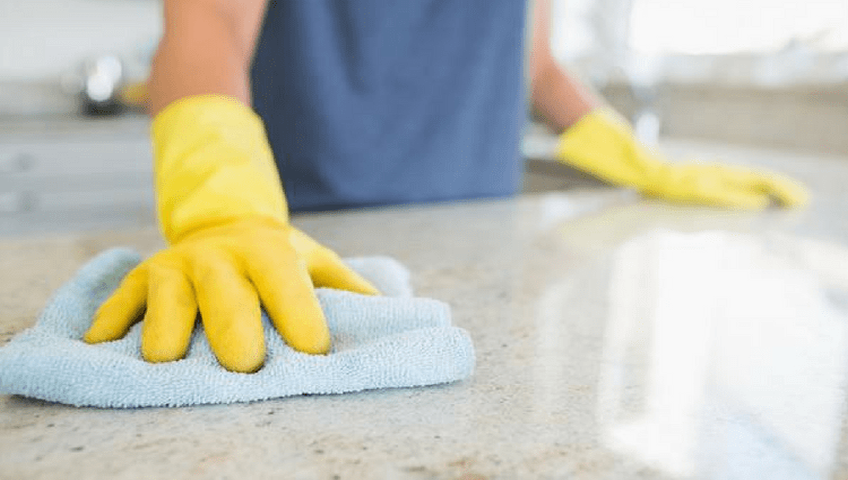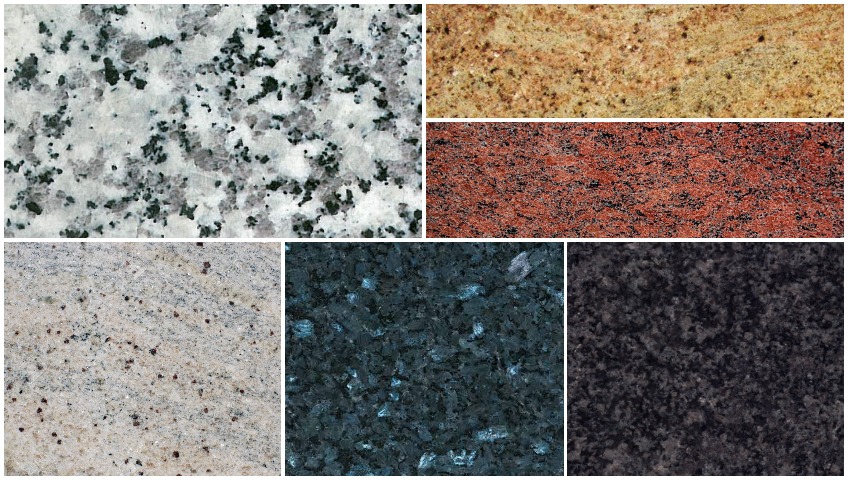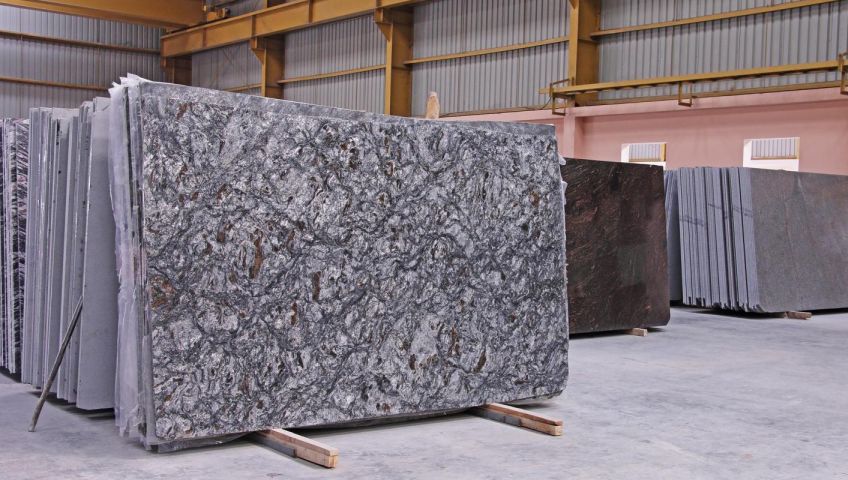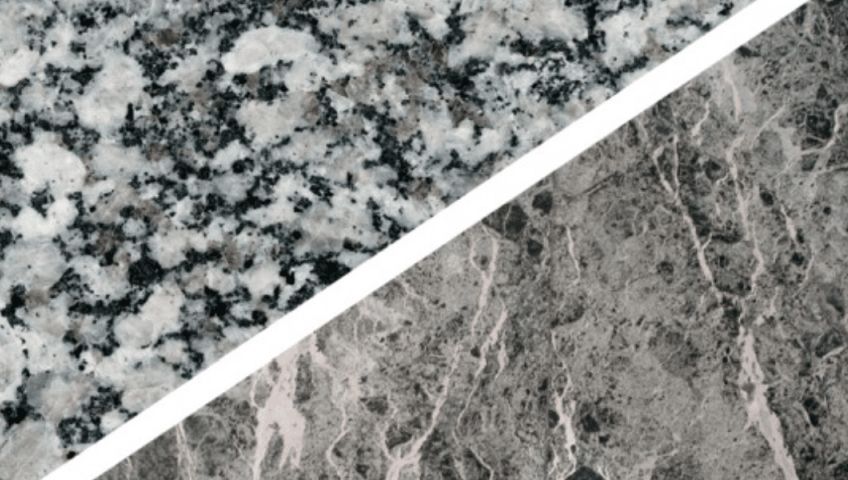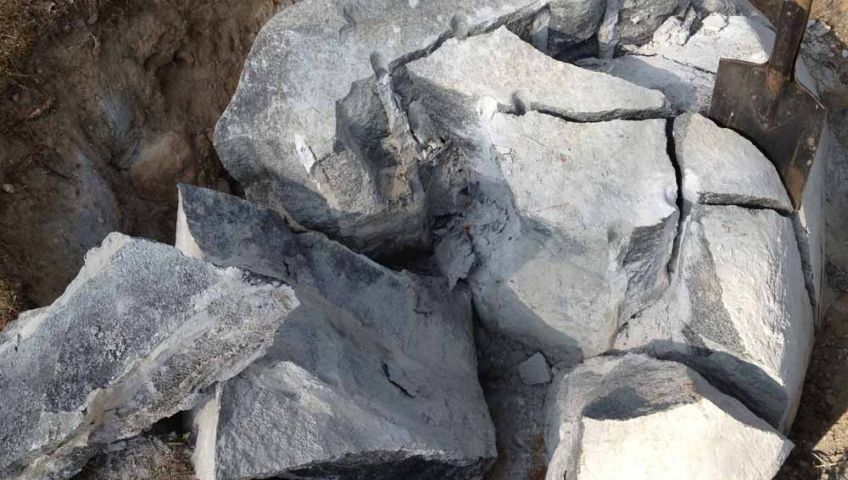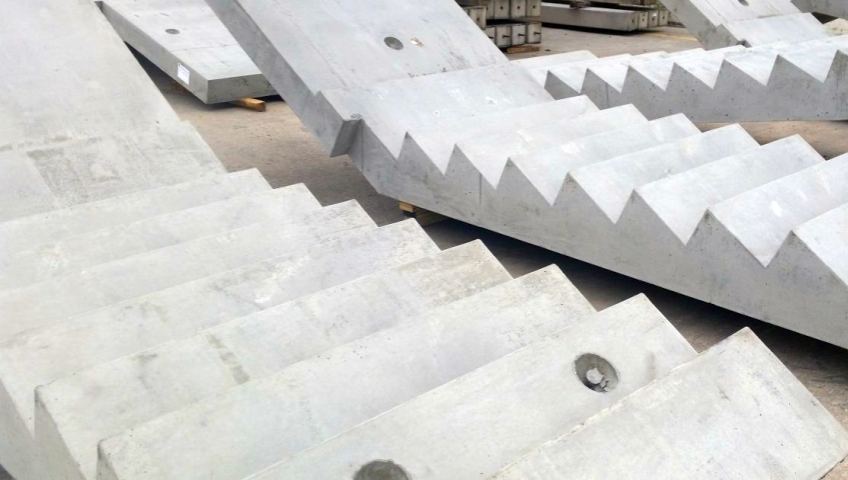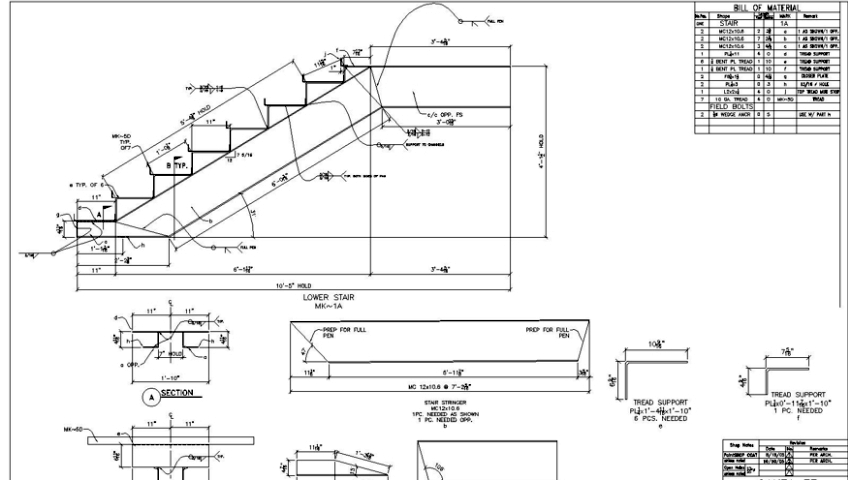
Flamed, polished or matt granite
Flamed granite has excellent anti-slip properties. We recommend its use on external surfaces such as stairs, terrace and balcony tiles as well as tiles intended for pavements or roads. The rough structure is obtained by flaming the granite with special high-temperature burners. This material preparation guarantees durable, trouble-free and, above all, safe use for many years.
Polished - matt granite is an intermediate solution between flamed granite and polished granite. They have a matte finish, which does not provide excellent slip resistance, but is certainly more safe to use than polished granite. Polished granite finds its application both inside and outside. This finish also gives us a guarantee of long and trouble-free use.
Polished granite - this is the most effective and elegant finish of all kinds of stones - both marble and granite. It is used primarily on visible elements. Such a stone mainly serves a decorative purpose. It can also be used outdoors in the form of window sills, façade panels, and wall coverings. This is a material that should not be used for external stairs, however, for internal stairs will certainly find its use.

